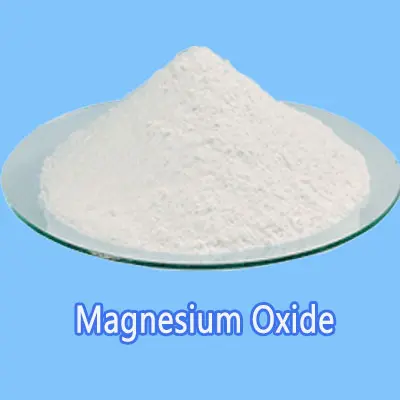Hebei Messi Biology Co., Ltd. studied the expansion characteristics of magnesium oxide in different cement slurries, and used a hydration calorimeter, DTA, DSC, XRD, OM and EM to analyze the expansion characteristics of magnesium oxide in sodium hydroxide solutions with different alkalinities and The hydration in cement slurry and the crystallization characteristics of its product magnesium hydroxide were studied in detail. On this basis, the expansion mechanism of magnesium oxide in cement was proposed, and an expansion model was established accordingly.
Research results show that the expansion of magnesium oxide in cement is caused by the formation and growth of magnesium hydroxide crystals. The expansion depends largely on the positions occupied by the resulting magnesium hydroxide crystals and, secondarily, on the size of the magnesium hydroxide crystals. The direct driving force for slurry expansion is the water absorption swelling force of extremely small magnesium hydroxide crystals and the crystal growth pressure of magnesium hydroxide crystals, but the latter is the main force. Fly ash and slag reduce the alkalinity of the slurry pore liquid and the slurry. The porosity of the body is the main reason why it inhibits expansion.
Hebei Messi Biology Co., Ltd. stated that the expansion of magnesium oxide cement is caused by the formation and growth of magnesium hydroxide crystals, and alkali can promote the expansion of magnesium oxide cement. The effect of alkali on expansion is mainly achieved by affecting the crystallization characteristics (generation position, size and morphology) of magnesium hydroxide. There is a poor correlation between the expansion of the slurry and the magnesium hydroxide content in it. In the early stage of hydration, the expansion of the slurry is mainly caused by the water absorption and swelling of extremely fine magnesium hydroxide crystals. As the magnesium hydroxide crystal grows, the crystallization growth pressure of the crystal plays a dominant role in the expansion of the slurry. The combination of BFS and PFA to reduce the alkalinity of the slurry pore liquid and make the structure porous makes the expansion caused by the hydration of magnesium oxide smaller. Magnesium oxide hydrates extremely slowly in low-alkaline AC and LAC slurries. The reason for this phenomenon remains to be further studied.

